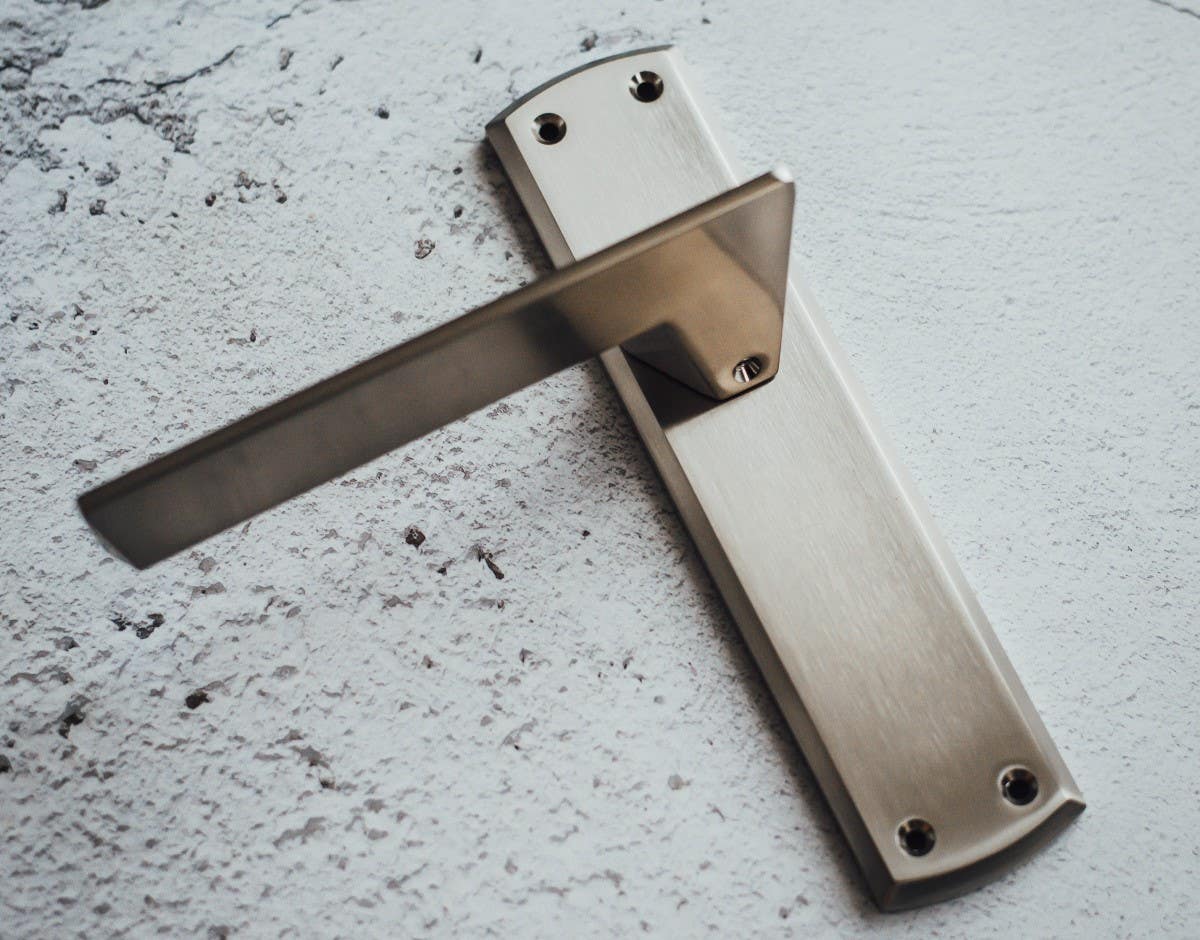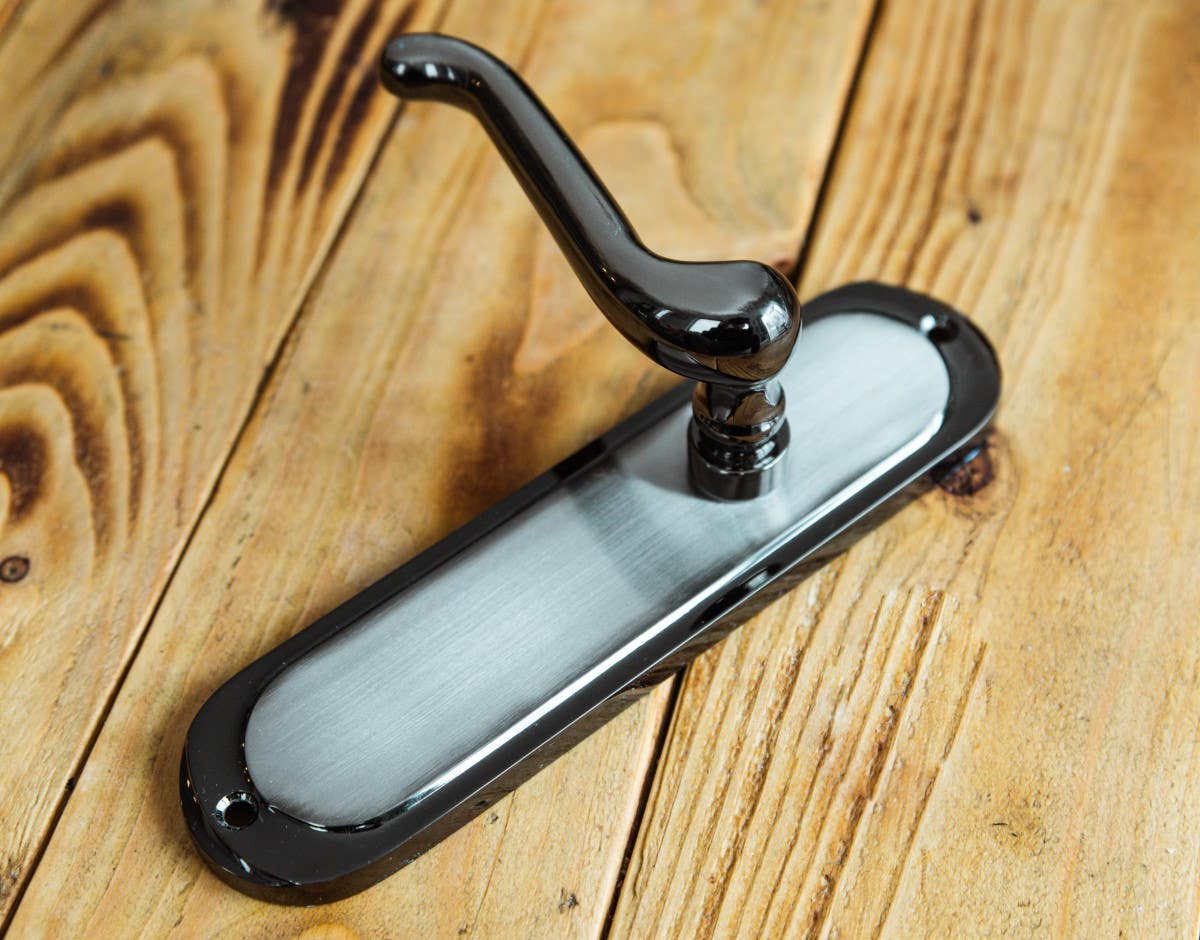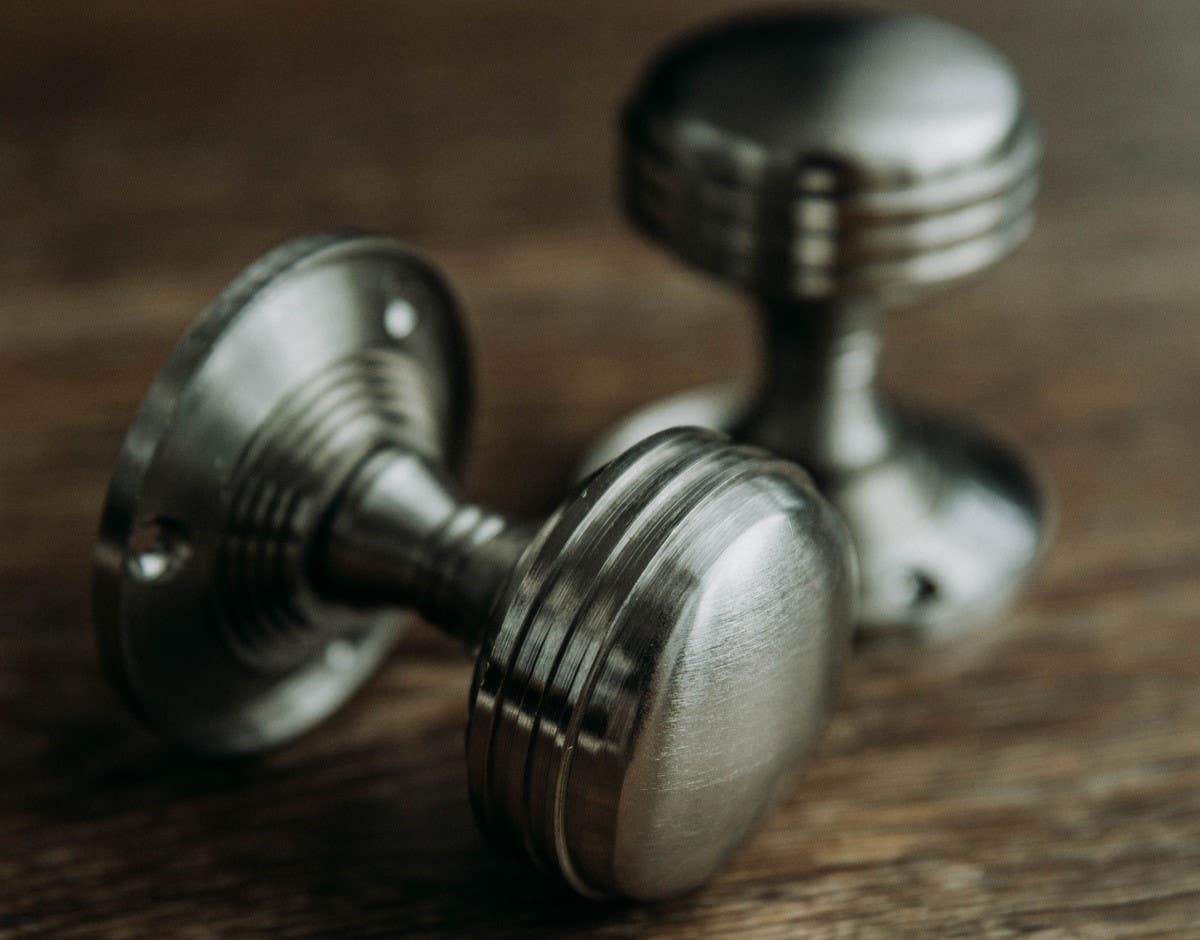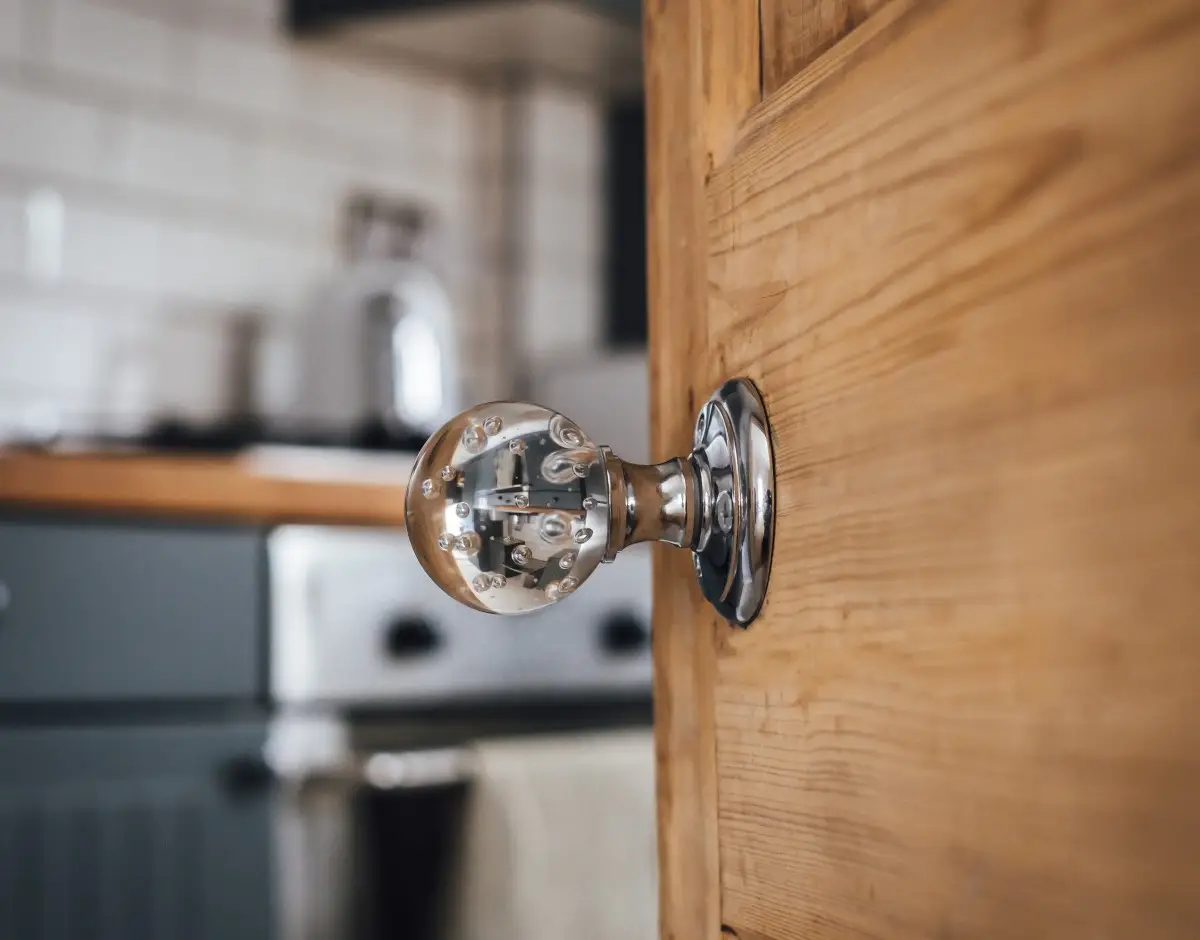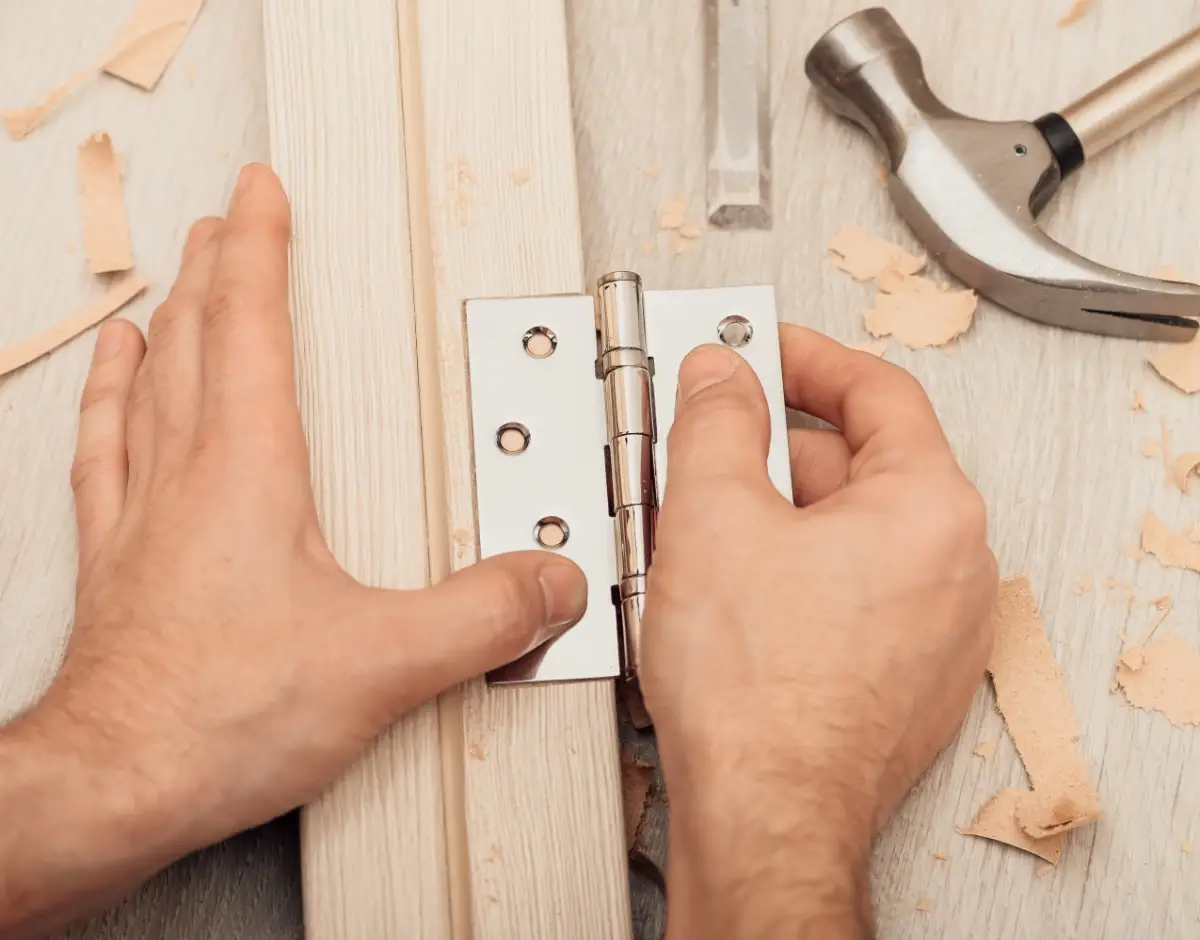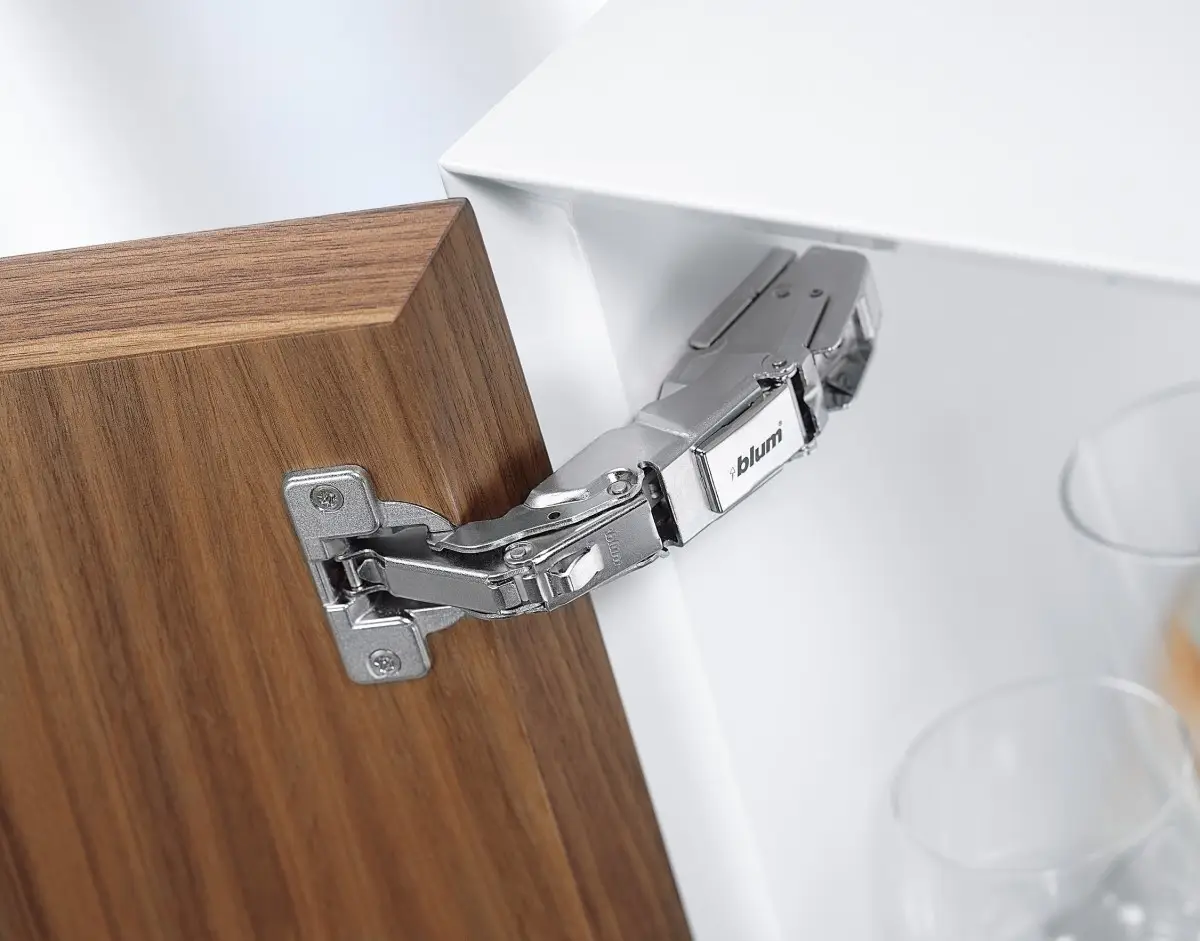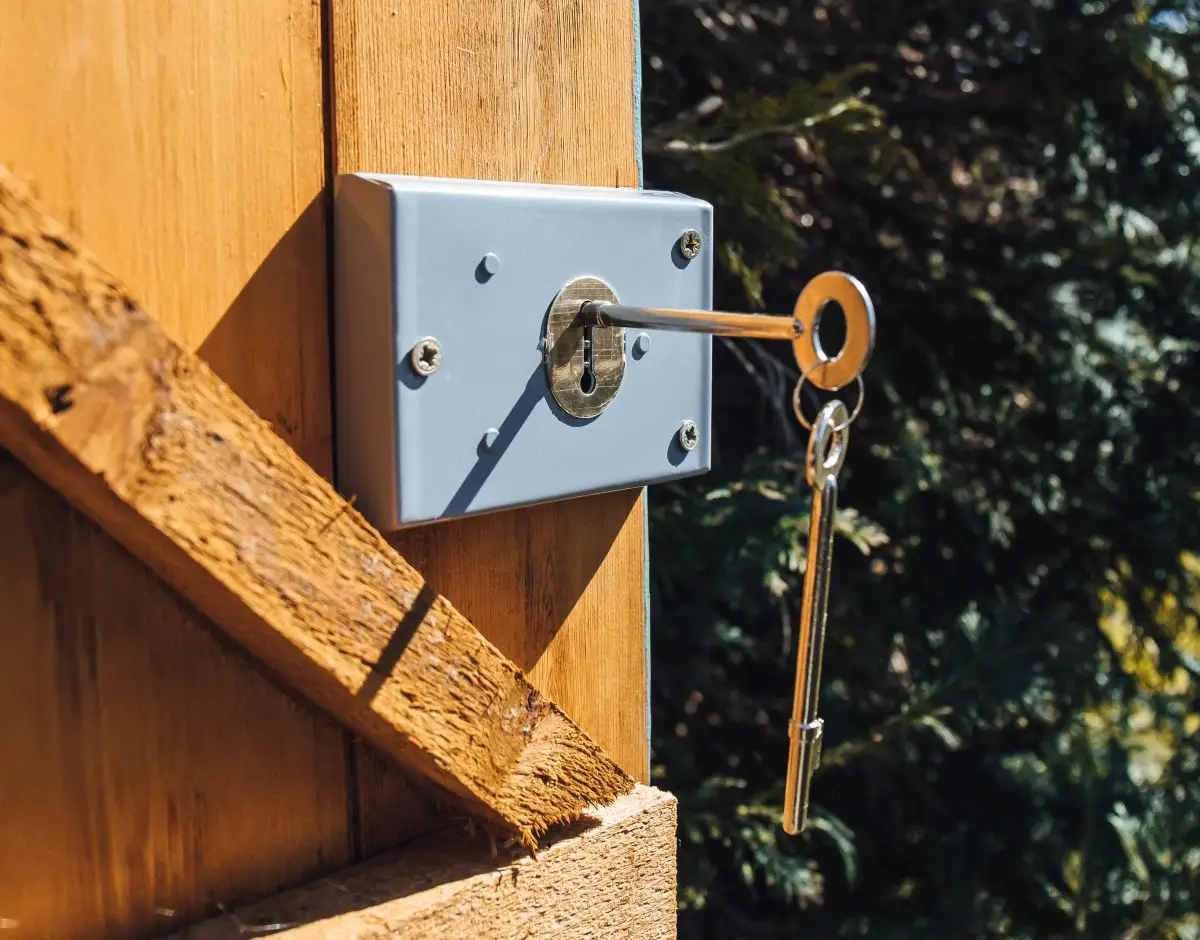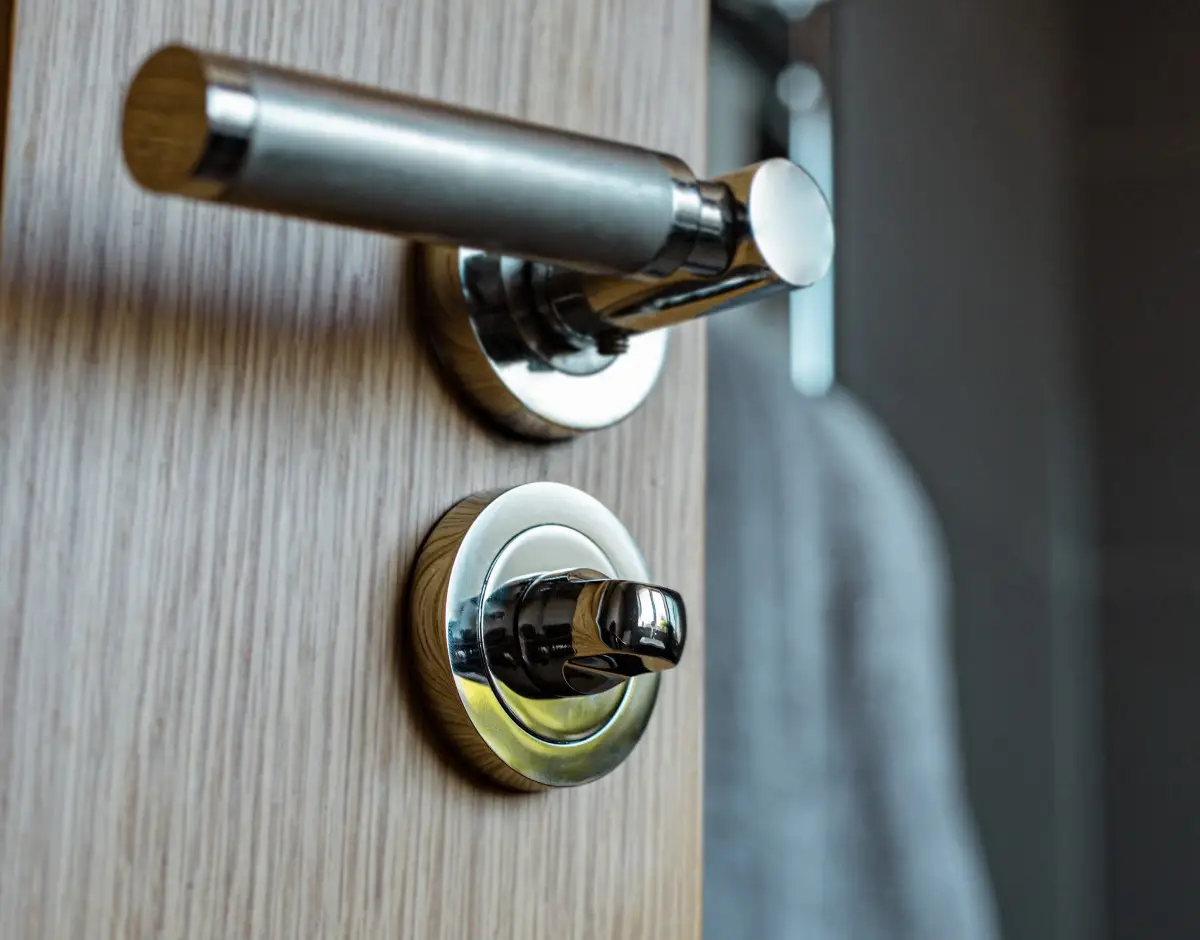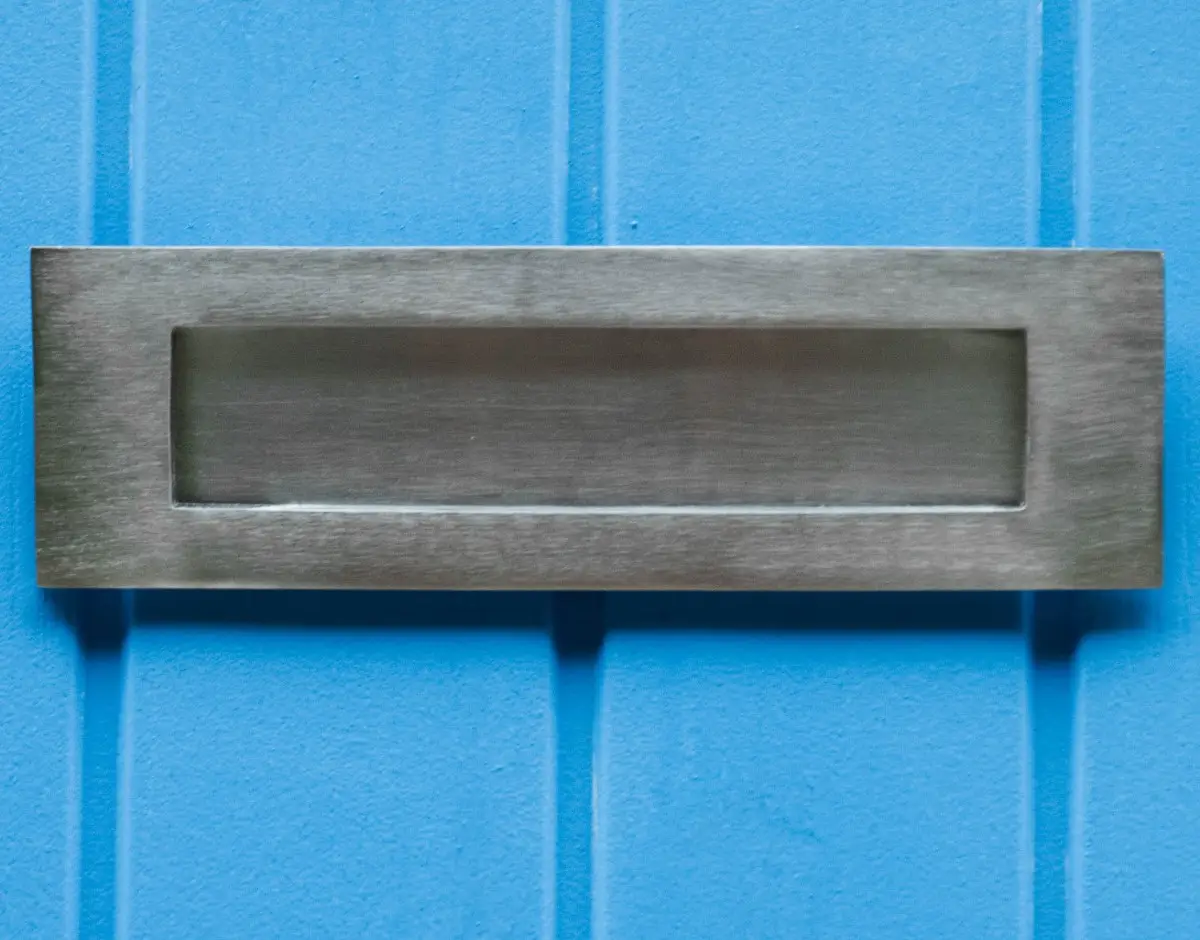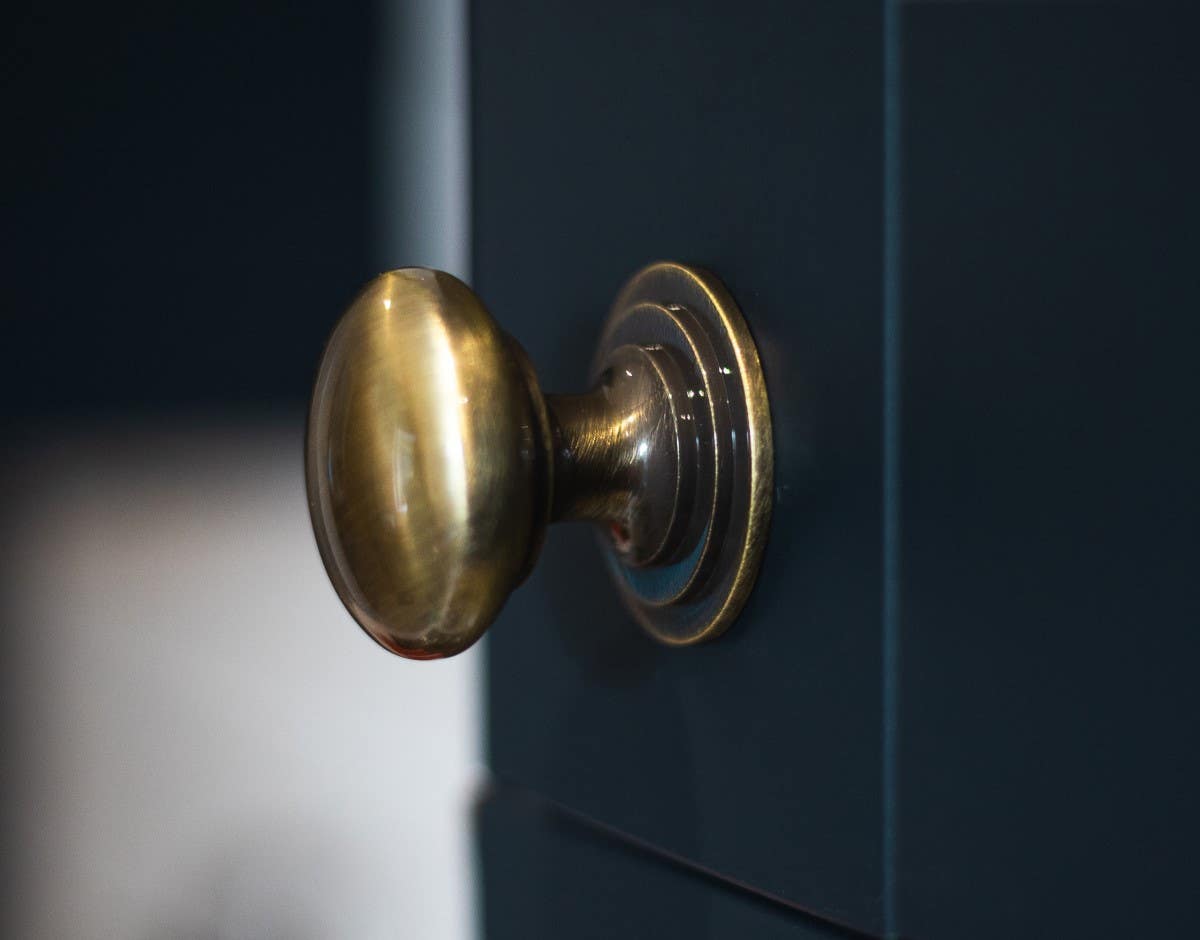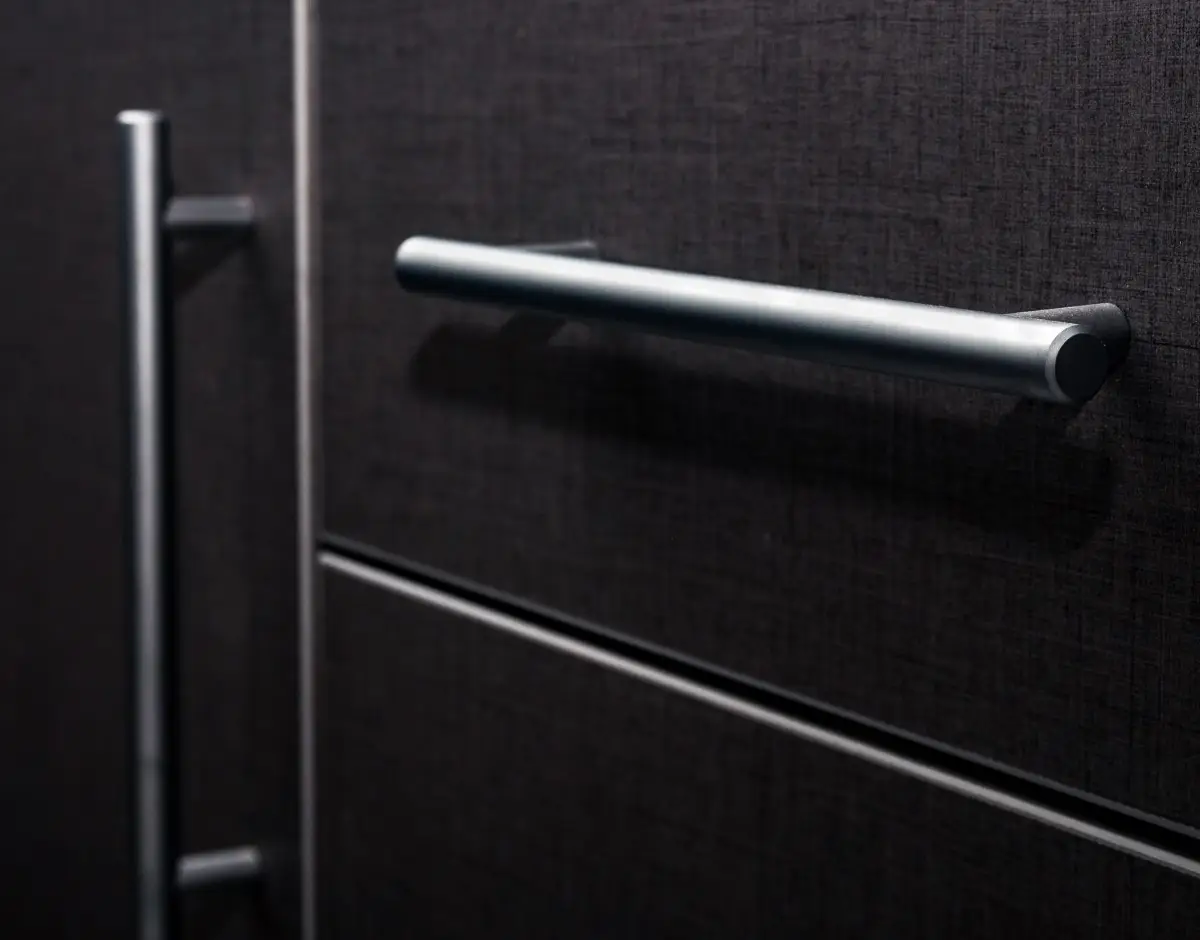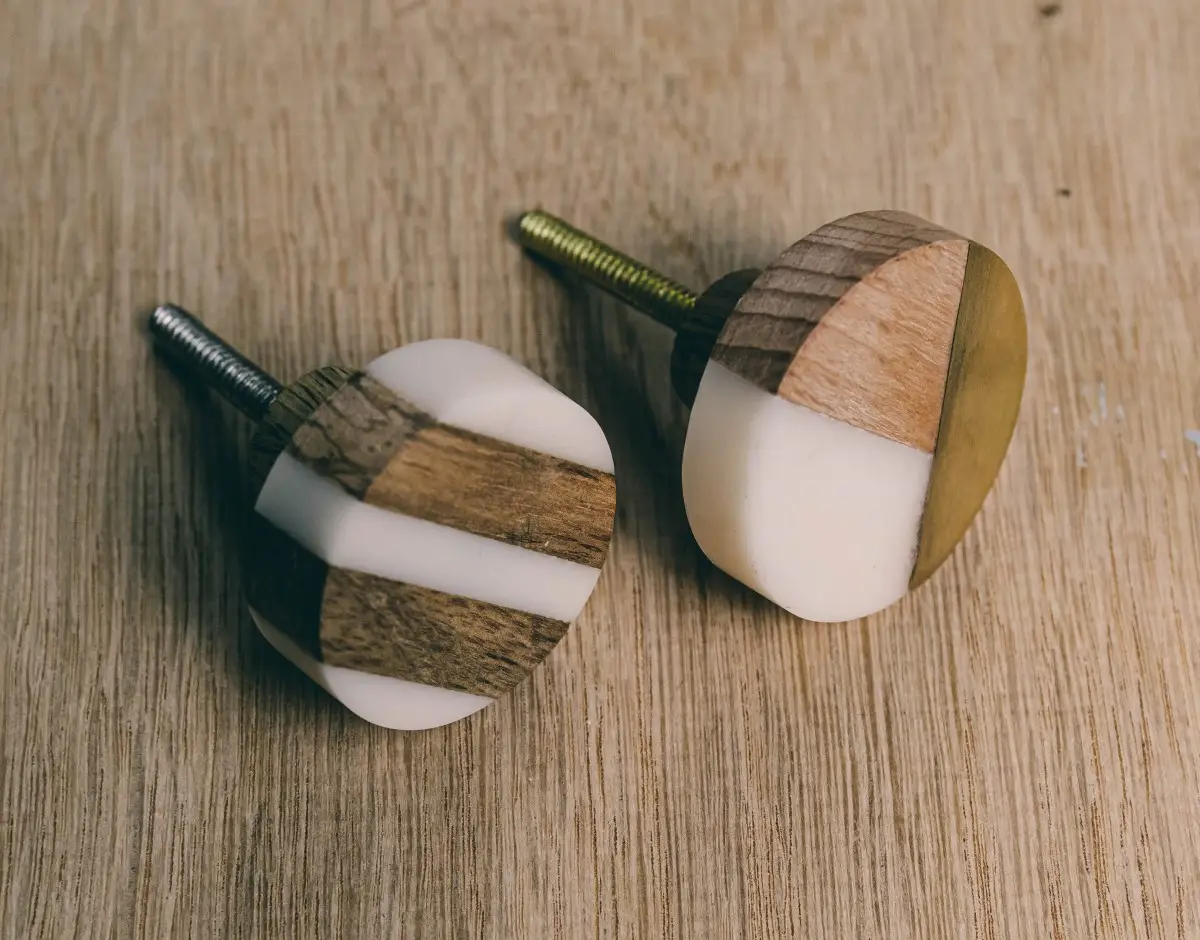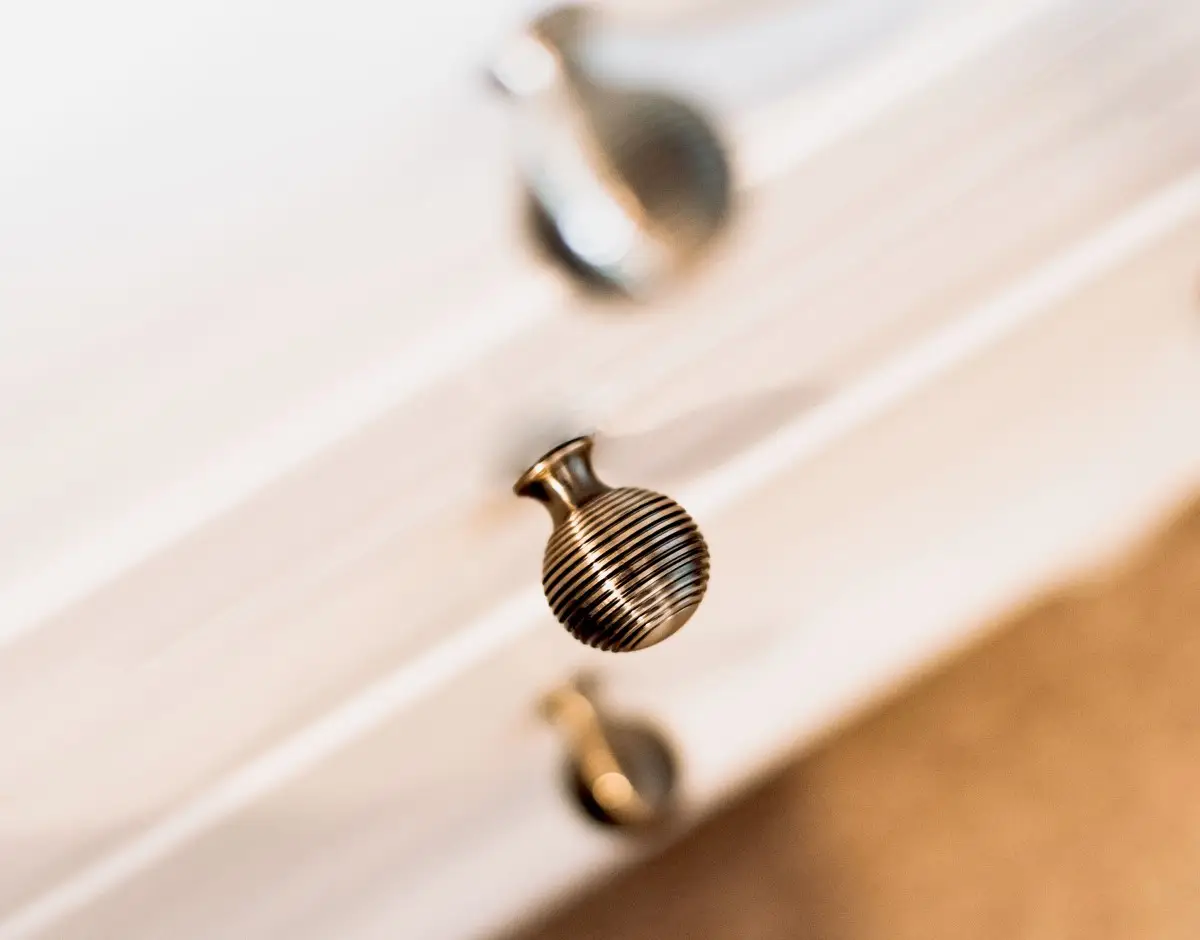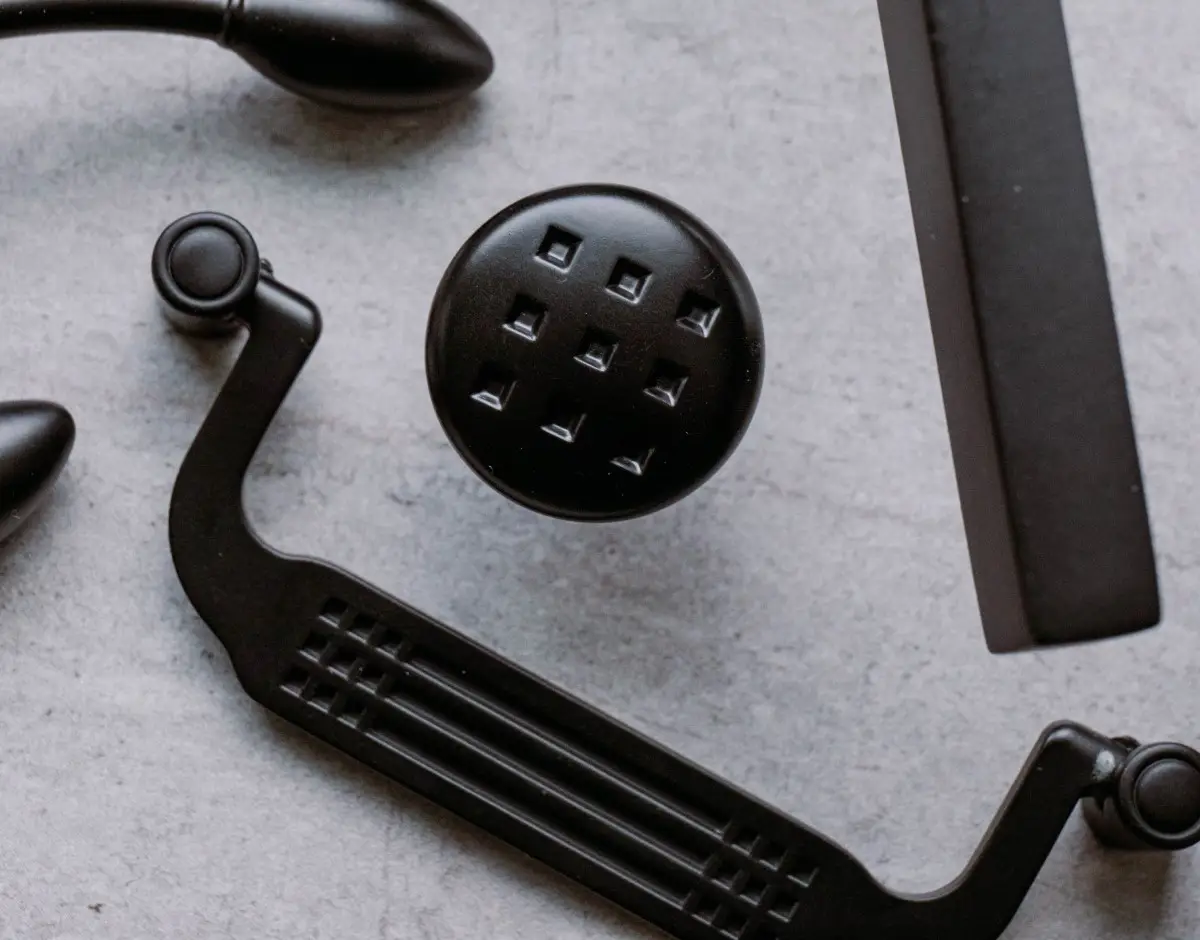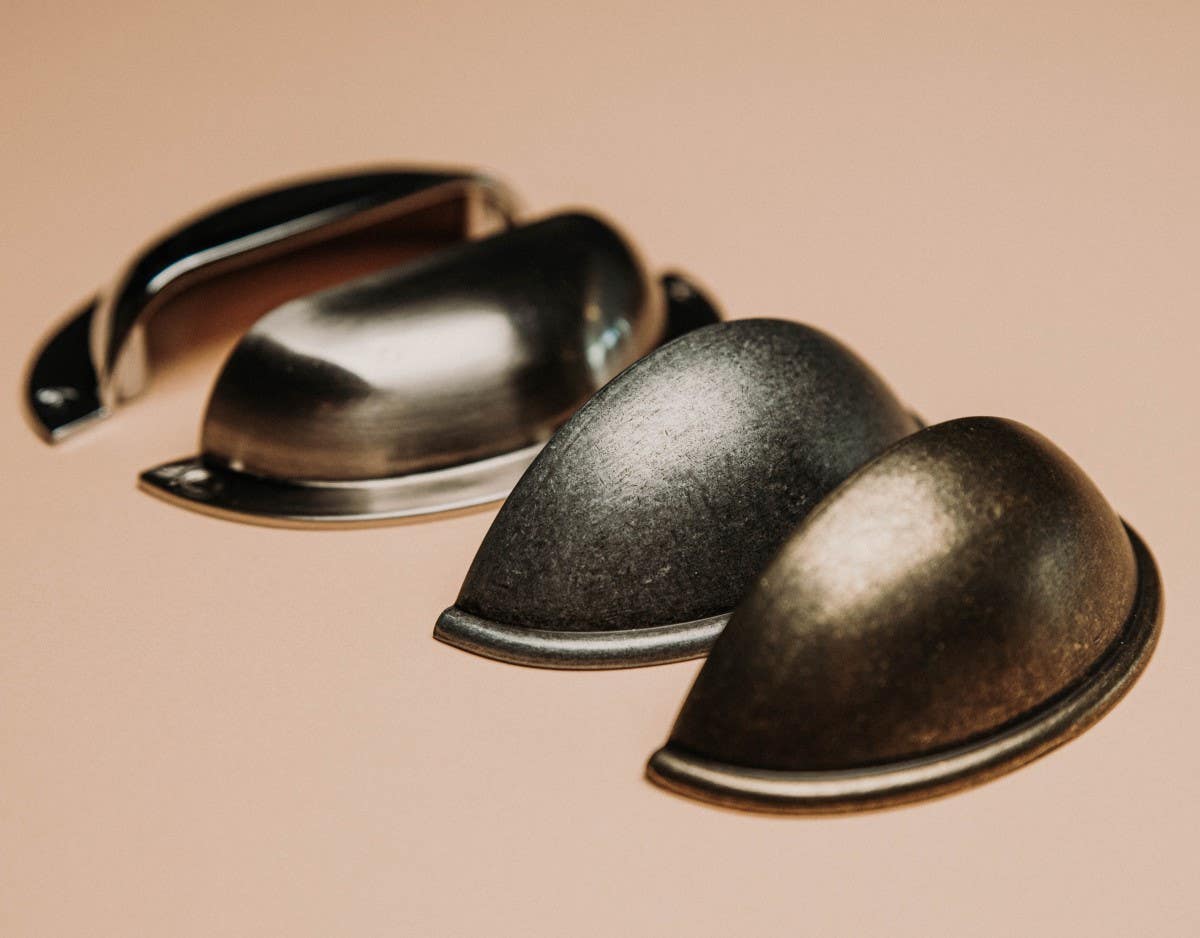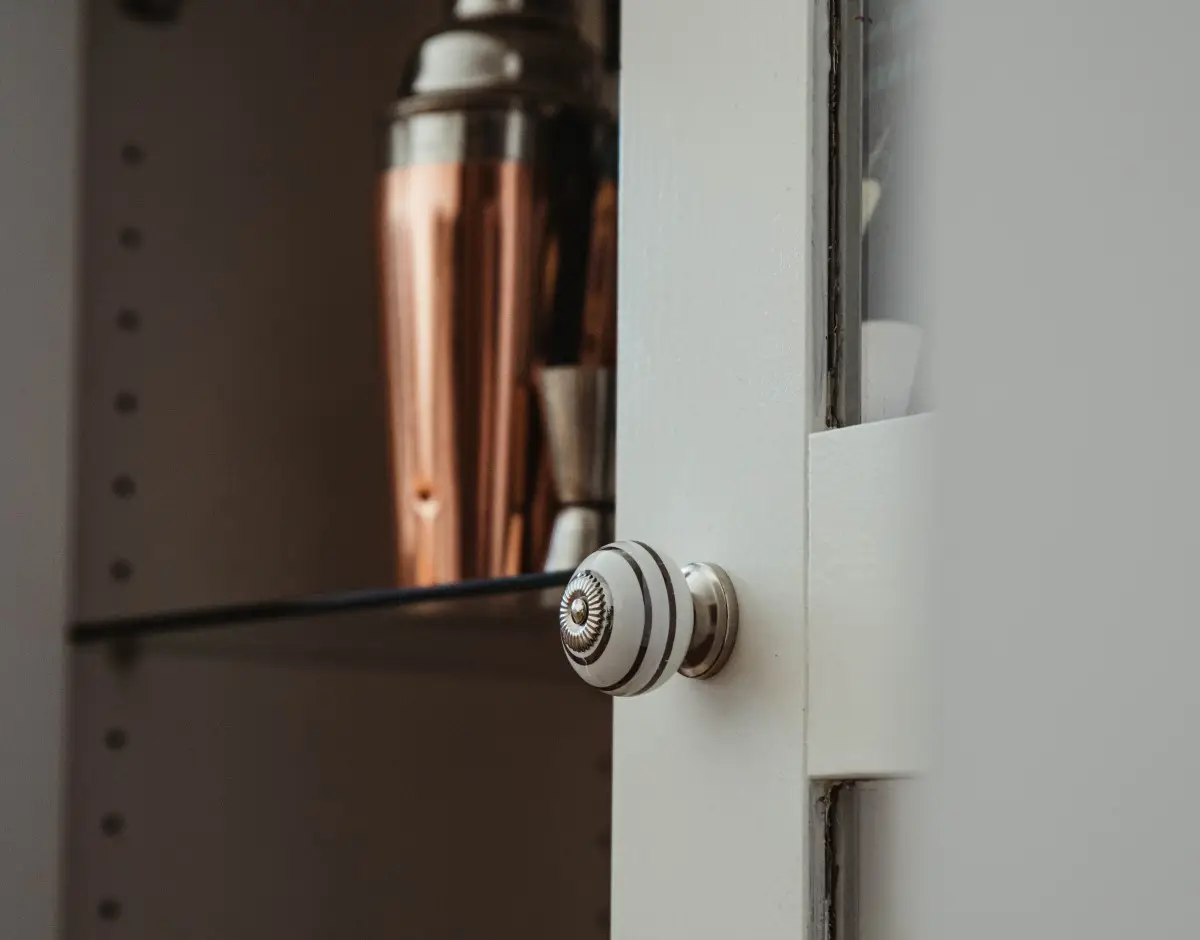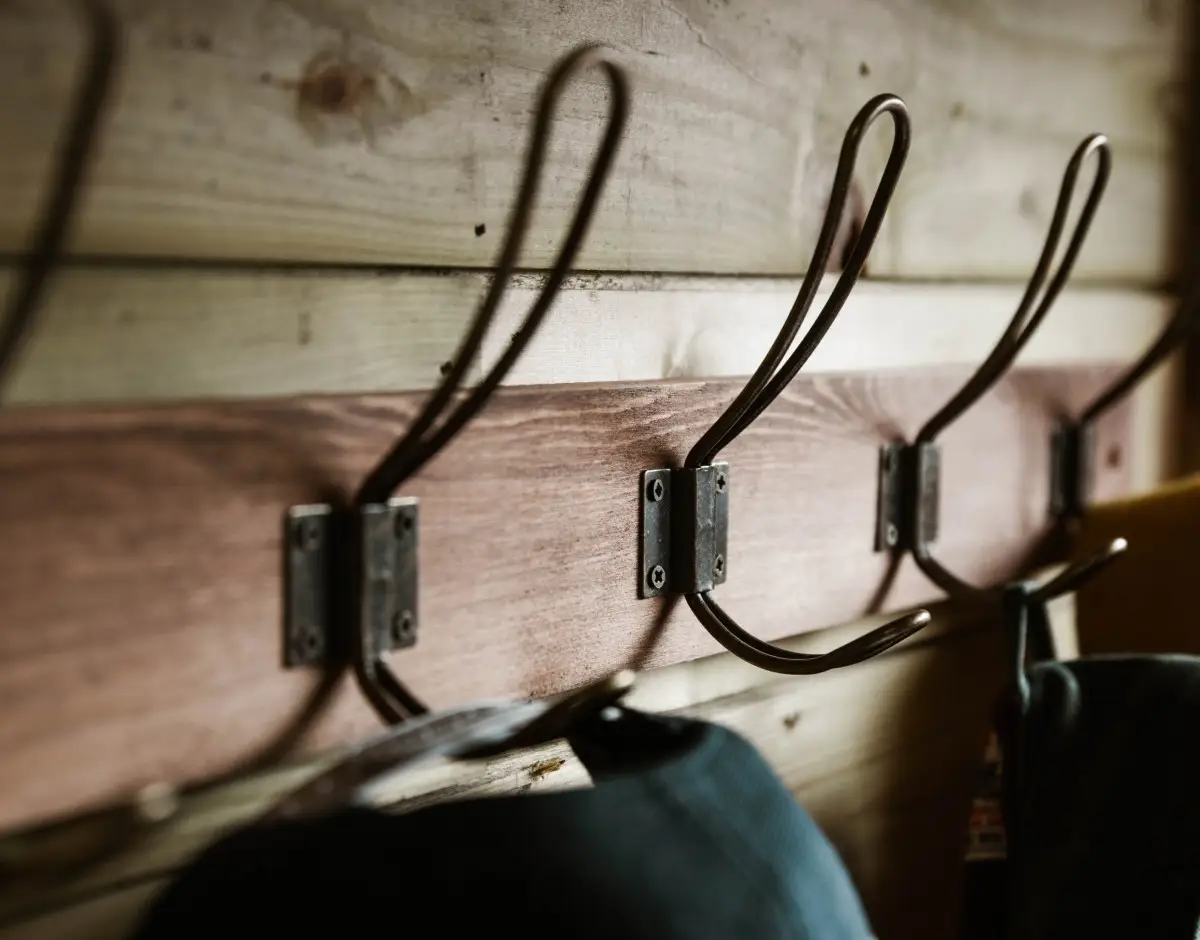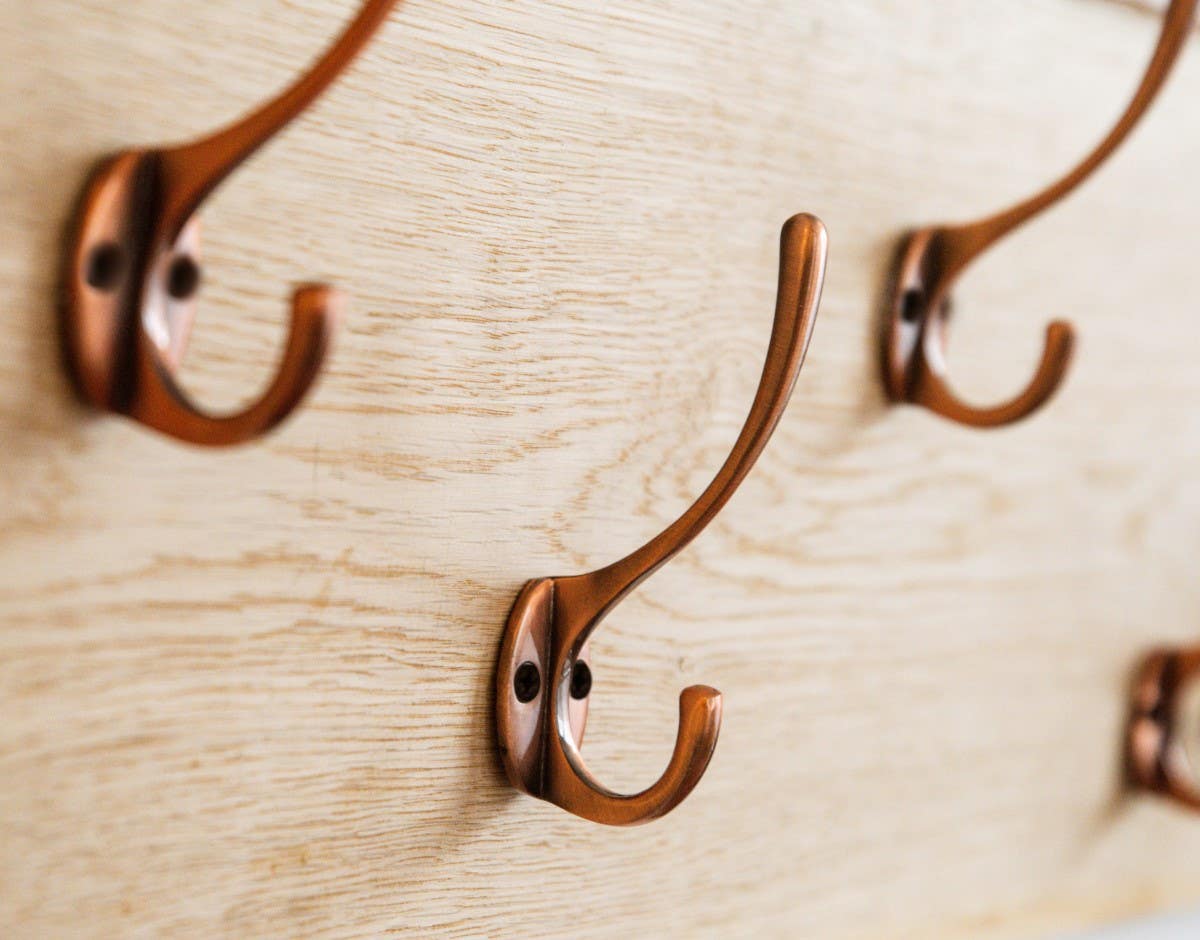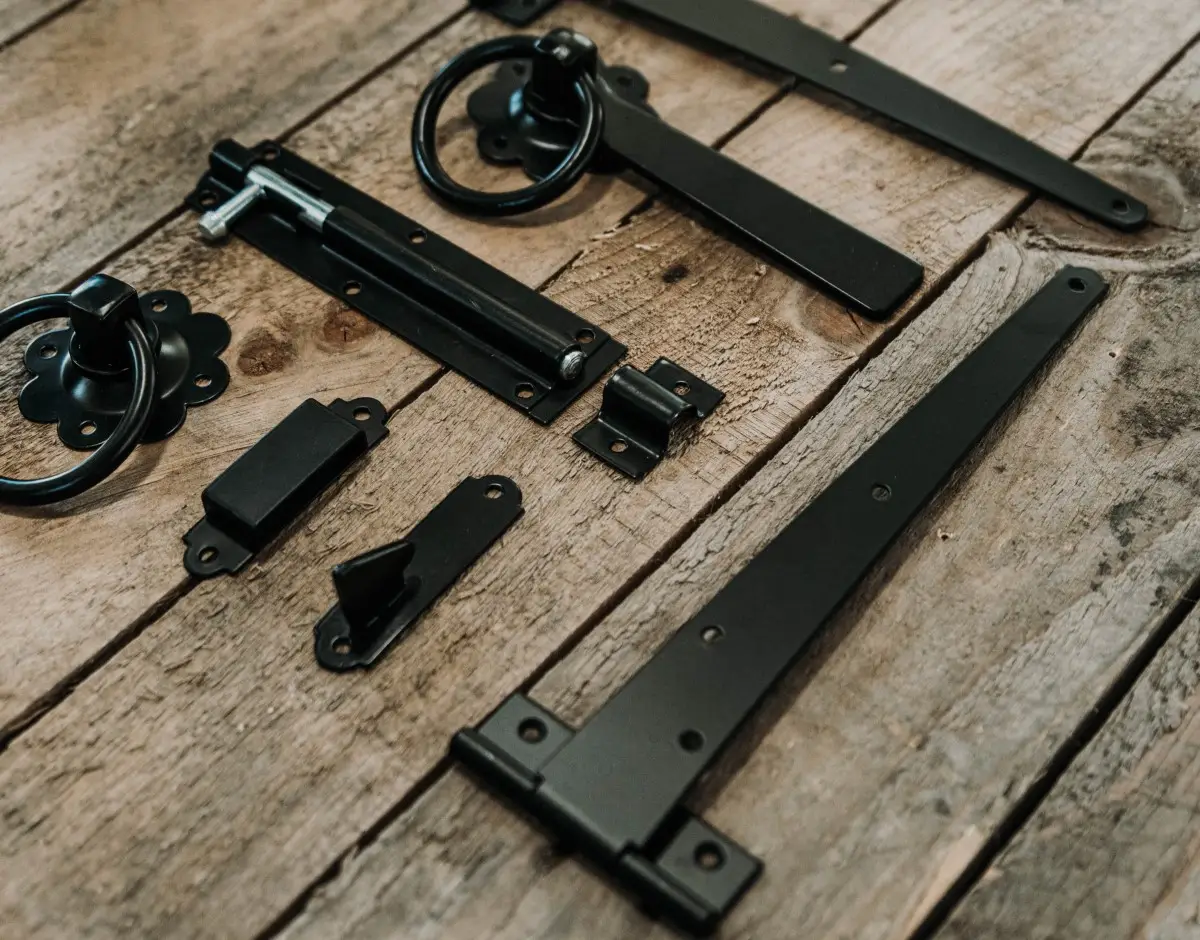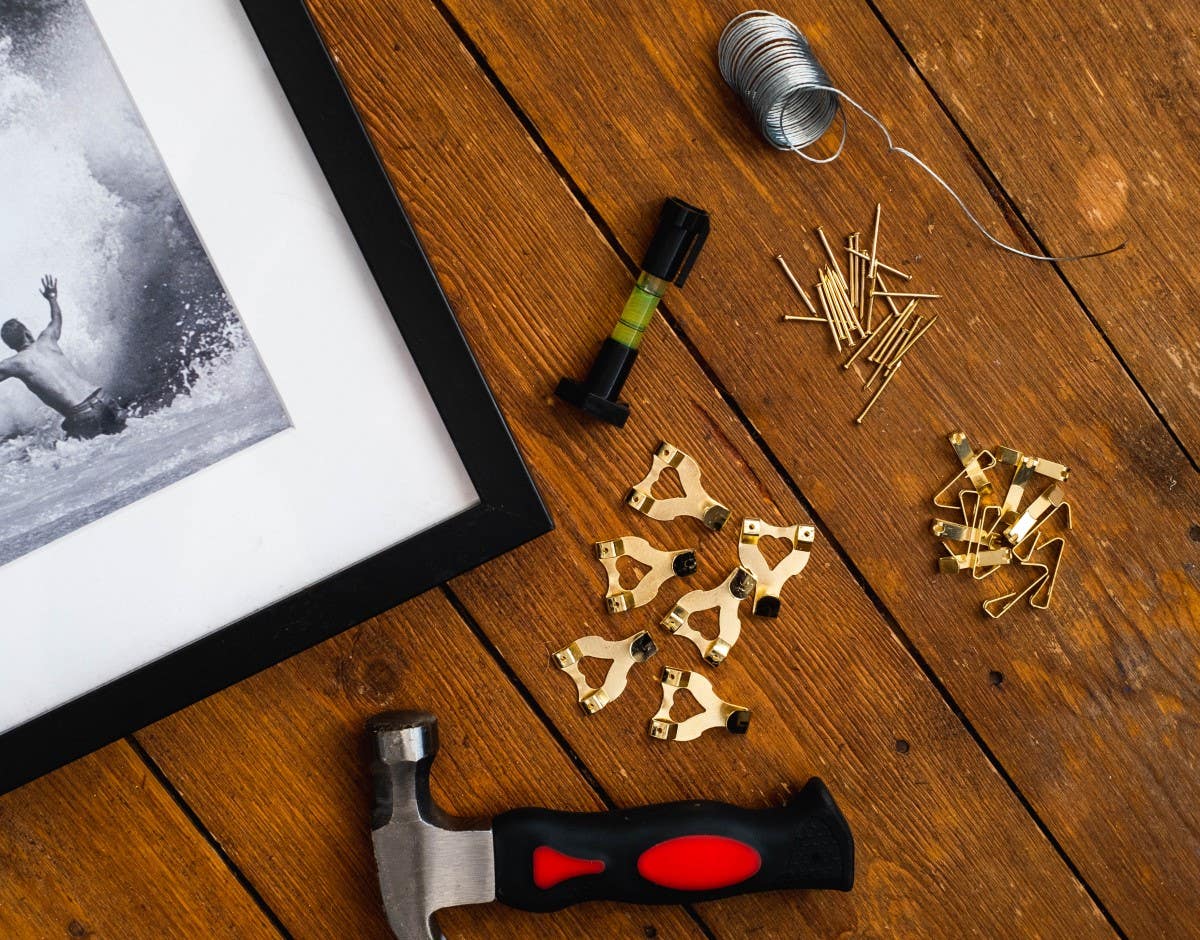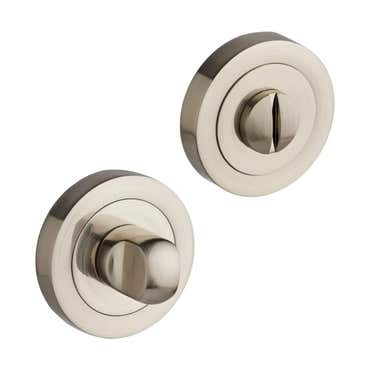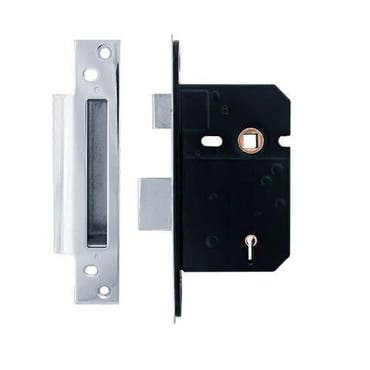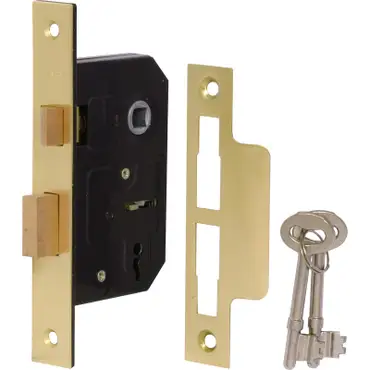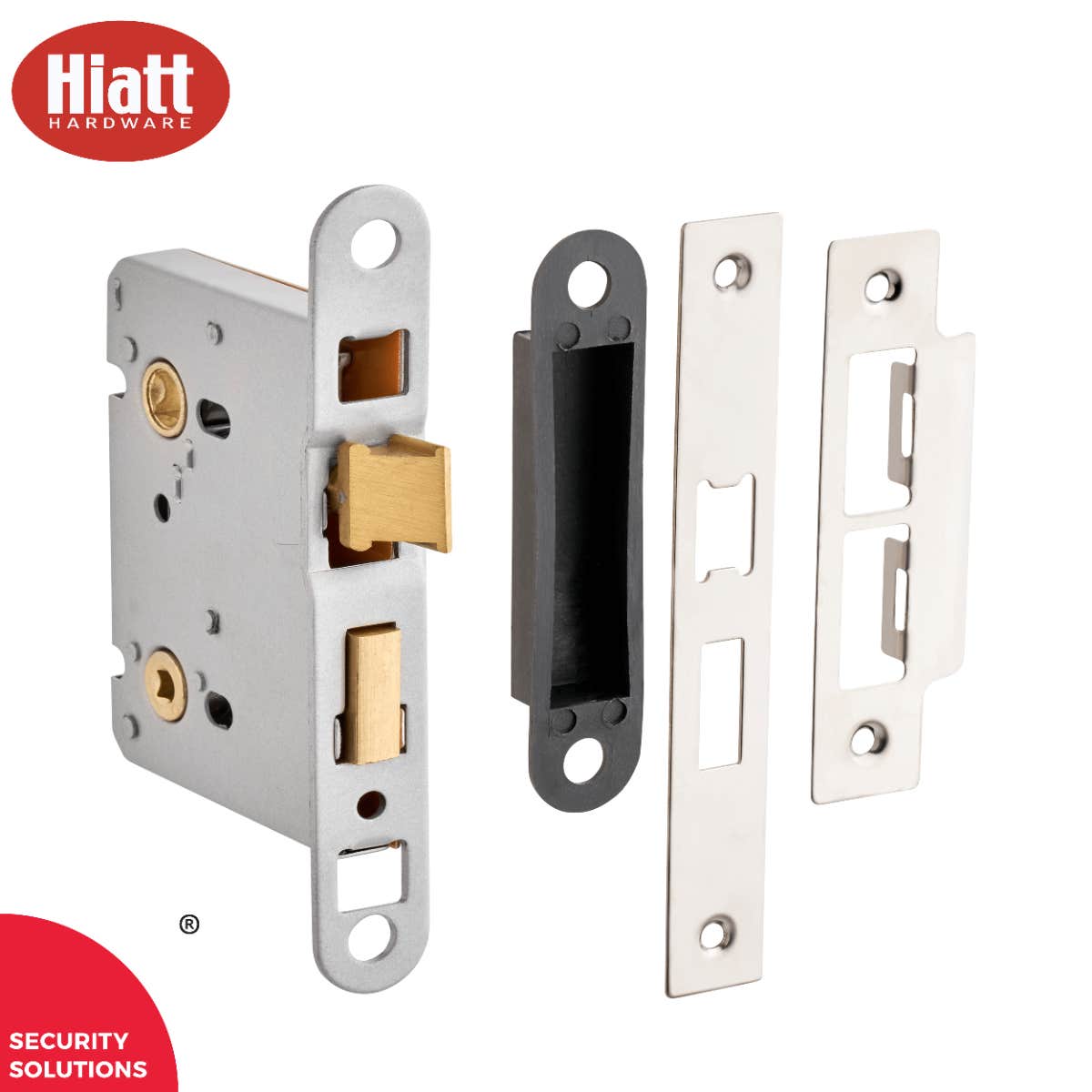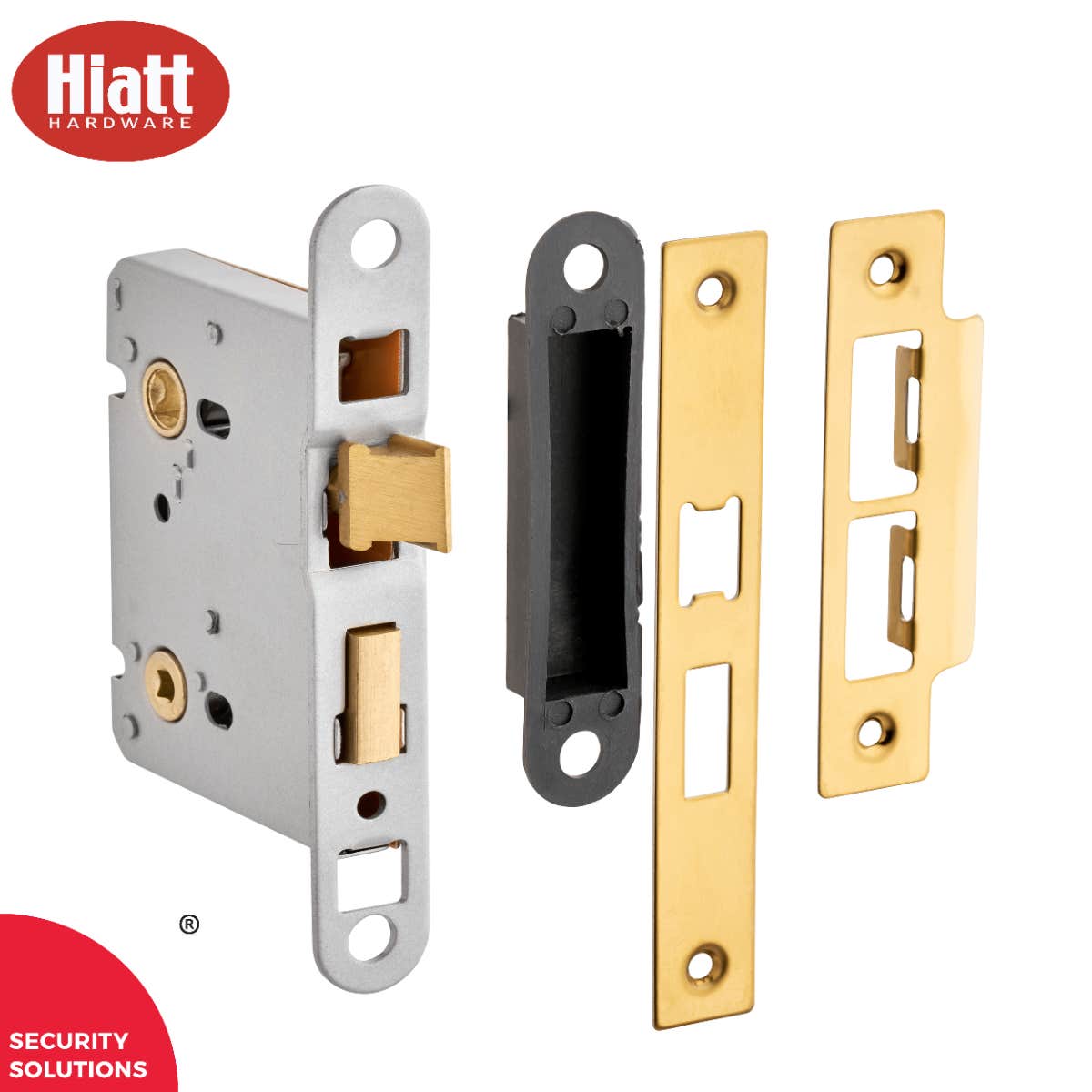It's not unusual to experience a lock problem or two from time to time, as it is something that most of us encounter at some point as a property owner.
However, while they might seem relatively minor at first glance, they shouldn't be ignored as they can seriously compromise your property's security.
A Small Issue Can End Up Causing Big problems
Worryingly, some homeowners don't prioritise the fixing of these kinds of lock issues until they suffer some kind of break-in or a broken key.
The thing is, no one wants to find themselves locked out of their home because of a door lock issue they could have fixed months ago.
A Stitch In Time Saves Nine certainly applies
Procrastination in these cases is not wise, particularly as door lock problems like these can also lead to the most costly repairs further down the line.
As such, focusing on proper, timely door lock maintenance is advised, or you'll simply face further damage or more serious lock problems later on otherwise.
Spotting & Fixing Common Door Lock Issues
In this article, we'll cover a range of issues like locks that don't align with the strike plate, keys stuck in the lock and more besides. So, if you have any kind of issue, you'll more than likely find the answer here.
So, with this in mind, we now take a look at the most common door lock problems that homeowners face. There may be others we don't mention, but these should cover those you're most likely to encounter.
Where it's possible to fix the issue without the help of a professional, we'll provide guidance on the easiest and most time-efficient way of rectifying it.
Issue #1 - Stiff/Hard to Operate Door Locks

When using a key-operated external euro cylinder or mortice lockset door lock in either wooden doors or uPVC doors, you might find that over time, the locking mechanism can become slower and stiffer.
Not only can a stiff lock be frustrating (especially if you're in a hurry), but it can represent a major safety hazard should you need to exit your property because of a fire.
The reason why a stiffening of the door locking mechanism often occurs is a buildup of dirt and grime. This outside exposure can cause the lock's components to become covered, causing friction and corrosion.
A QUick Fix Might Be Possible
Before considering a replacement, it may be possible to carry out a DIY clean by using a cotton swab inserted through the keyhole with a pair of needle nose pliers. Just be careful not to let go and drop it inside!
Another cause of a stiff door lock is a lack of lubrication, which can be easily rectified with a graphite or silicone spray - something that's typically available from your local hardware retailer.
What you absolutely shouldn't do is use oil or grease (particularly during Winter) as it can easily clog your door locks.
Issue #2 - A Faulty Mechanism
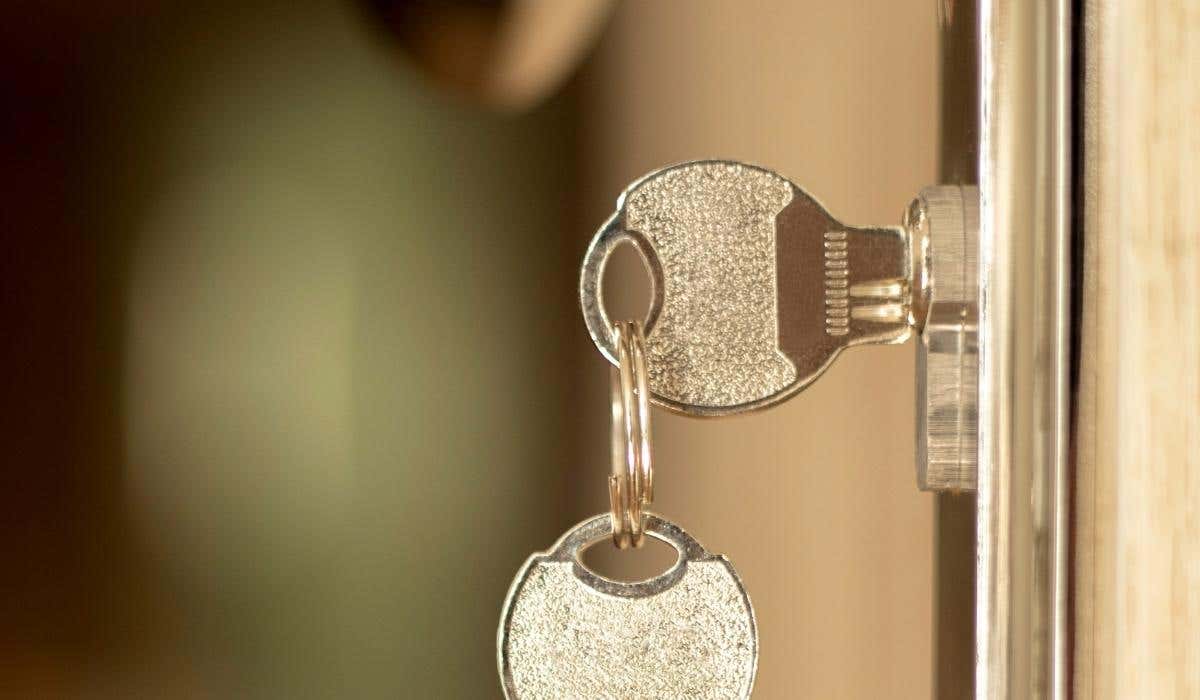
If your door lock is on the old side, you might have problems locking or unlocking problems due to either a lack of maintenance or wear and tear.
Door locks are complex mechanisms that can become defective over time, which can mean that it's time to go out and buy a new door lock!
If you're mechanically minded, then you might be able to fix a faulty lock mechanism, but the sheer complexity of the inner workings can be a bit much for anyone whose professionally trained.
Issue #3 - A Jammed Door Lock
When your door lock is jammed, it's one of the more serious lock problems, as you'll normally not be able to either lock or unlock the mechanism.
Again, jammed locks can be the result of debris and dirt building up inside the keyhole, which obstructs the locking bolt from moving as it is usually able to.
An Old Toothbrush May Suffice
The good news is that it's something that can be solved with a quick DIY fix and all you'll need is a toothpick or an old toothbrush.
This is usually enough to dislodge the blockage that caused the jam. If you don't have success with this method at first, perhaps try spraying some lubricant into the keyhole to loosen things up.
Issue #4 - Your Key Doesn't Turn the Lock

If you can't see any obstruction in your door lock, but your key doesn't turn the latch mechanism and open the door latch, the first and most obvious thing to do is to check that you're using the right key and that you don't have a broken key.
If your key (or keys) look ok, then there could be something preventing it turning, so don't try and force it, as the last thing you want to do is get it stuck in the open position.
It Could Be
Your next action should be to lubricate the hole with a graphite spray. When you lubricate locks in this way, you remove the friction that's causing you the issue, hopefully allowing you to once again turn the latch.
A Replacement Door Lock or latch Is Likely Needed
In the event of this having no effect, it could be that some of your lock's internal components have worn out or simply sheered off.
The likelihood in a scenario with broken keys involved is that you'll need to go shopping for replacement door locks or get professional locksmith services involved.
Issue #5 - Broken Key or Key Stuck in the Lock

When a key becomes worn, rusty, or otherwise damaged, there's a potential it might become stuck inside the keyhole of the lock.
The reason for door lock problems of this type might be a poorly cut key, so if you've just a new key made, it's worth checking out.
Keys broken inside door locks can also be due to a lack of internal lock lubrication, which may be solved by adding a silicone based lubricant spray.
If you find yourself presented with a key broken in your lock, it's going to be difficult to rectify it on your own unless you have advanced locksmith skills.
Whether the task calls for a completely new lock or just a replacement for your broken key is something that a professional locksmith will be able to determine.
Issue #6 - The Key Won't Go Into the Lock Cylinder
The next of our common lock problems is when the key won't go into the lock cylinder at all, something that can happen after you get new keys.
Again, you first need to check whether you're using the correct key for the lock in question and that if your key is new, it's not been poorly cut.
A good way to check is to try using your spare key if you have one, as it will point towards it being the key, rather than the lock if it works ok.
If each key looks ok, then check for obstructions inside the lock and perhaps lubricate the lock to double-check it's not a problem with friction.
In the event of it being the right key for the right lock, you'll probably need to replace your lock or call a pro to come and fix it.
Issue #7 - A Misaligned Door Latch Not Hitting the Strike Plate

When your door won't close properly, and you notice that the door latch isn't hitting the strike plate in the right place, it could be due to misalignment with the door frame.
This is a major security risk because when the lock isn't hitting the strike plate, it simply can't close properly, and it can be caused by a number of issues.
Damp weather can be one of the reasons behind this misalignment with the strike plate, as well as if the lock wasn't properly installed.
Realigning the Lock With the Strike Plate Is an Urgent Matter
This is one of the door lock problems that can be classed as urgent, as you absolutely can't leave your property until the latch once again meets the strike plate as it should.
If you spot the signs early and you have the right tools and skills, you'll have the time to do a DIY fix and realign the latch with the strike plate, before it becomes an urgent issue.
That said, people live busy lives and issues like these can get overlooked, so by the time it gets to this stage, you're going to need to call out a trained locksmith.
Issue #8 - Loose Internal Components

Inside modern door locks, you'll find a whole host of components. There's the latch bolt, the cylinder, all those intricate pins, and more.
It's not unusual for wear and tear to take its toll on the internal mechanism, causing some of these components to become damaged or break off, resulting in a lock problem.
Even screws can become undone over time, meaning that everything inside becomes looser and less able to operate correctly.
If it is just loose screws causing your door lock problems, then fixing the issue should require no more than getting your screwdriver out and tightening them up again.
However, if it's worn or broken internal parts causing you trouble, it is going to be a case of replacing the mechanism.
Fixing internal parts is typically only possible by a professional locksmith and even then, a repair might not be the most cost-effective option.
Keeping Your Property Safe and Secure
Whatever is causing your door lock issues, it's essential that you resolve them quickly, otherwise you're putting the security of your home or office at risk.
Moreover, not dealing with common lock problems like these in good time could result in you being locked out of your home and having to foot the bill for an emergency locksmith.
So, be sure to take what you've learned here and apply it to any future lock problems you encounter, as the advice provided will cover most issues.
We hope that you've found our blog useful and that it helps you to resolve some of the most common door lock issues in the most cost-effective way.
Thanks for reading and be sure to read some of our other articles that help you keep your property safe and sound.

